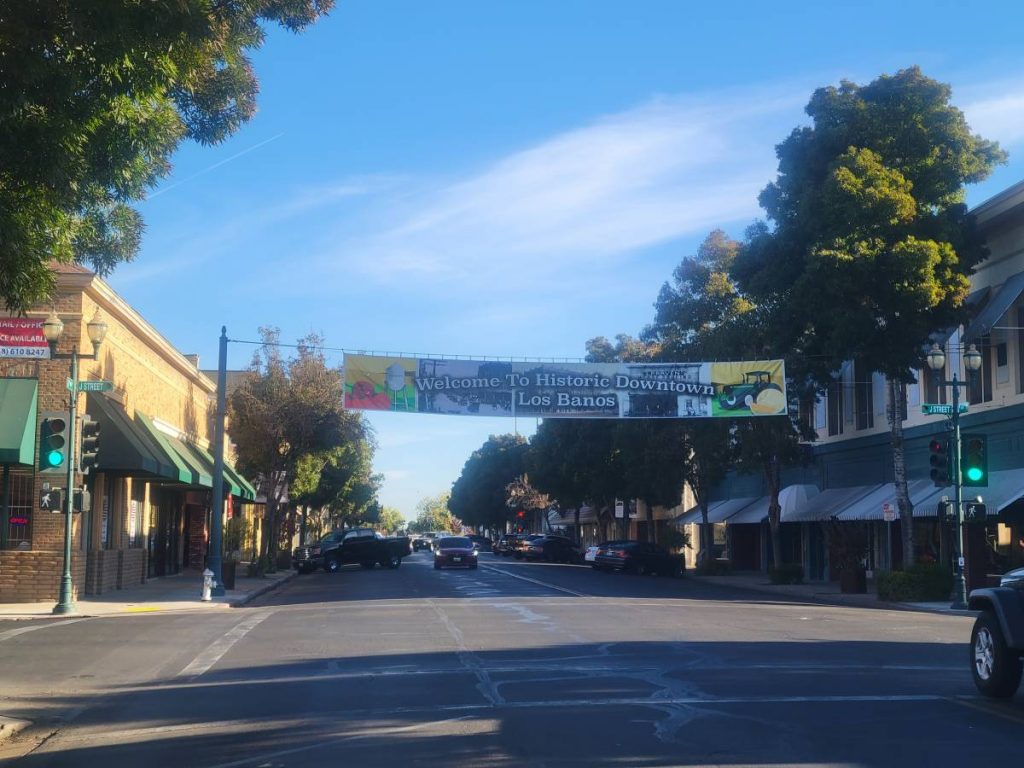Los Banos, alternatively Los Baños, is a city in Merced County, central California. Take a look below for 10 interesting and amazing facts about Los Banos, California, United States.
1. It is located in the San Joaquin Valley, near the junction of State Route 152 and Interstate 5.
2. The population was 35,972 at the 2010 census, up from 25,869 at the 2000 census.
3. The city is served by Los Banos Municipal Airport for air transport access.
4. The town’s Spanish name Los Baños means “the baths”; it is named after a spring that feeds natural wetlands in the western San Joaquín Valley.
5. Its official spelling, reflected in the name of its post office, omits the tilde of the ñ, though some signs in town show its name as Los Baños.
6. Los Banos is located on the west side of the San Joaquin Valley, 26 miles (42 km) southwest of Merced, at approximately 118 ft (36 m) elevation. Its coordinates are 37°03′30″N 120°51′00″W.
7. The city is at the intersection of California State Route 152 and California State Route 165. To the west is Interstate 5, which runs north-to-south between Sacramento and Los Angeles, the San Luis Reservoir, and the Diablo Range.
8. According to the United States Census Bureau, the city has a total area of 10.1 square miles (26 km2), of which 10.0 square miles (26 km2) is land and 0.1 square miles (0.26 km2) (1.22%) is water.
9. Los Banos sits on the southwestern edge of extensive national and state game refuges; wetlands that support waterfowl and other wildlife habitat along a stretch of the San Joaquin River that still carries water and the Grassland Ecological Area, home to rare California grasslands habitat. The San Luis National Wildlife Refuge Complex includes San Luis National Wildlife Refuge which includes the Kesterson Unit, East Bear Creek, West Bear Creek and the Blue Goose Unit. Nearby are the Merced National Wildlife Refuge and the San Joaquin River National Wildlife Refuge. Fishers, hunters, birdwatchers and other recreational users flock to Los Banos year round.
10. Los Banos has a Mediterranean climate with cool winters and hot summers. Most of the precipitation falls in the winter months. Gusty winds are common in the late afternoon, especially in the vicinity of nearby Pacheco Pass.




